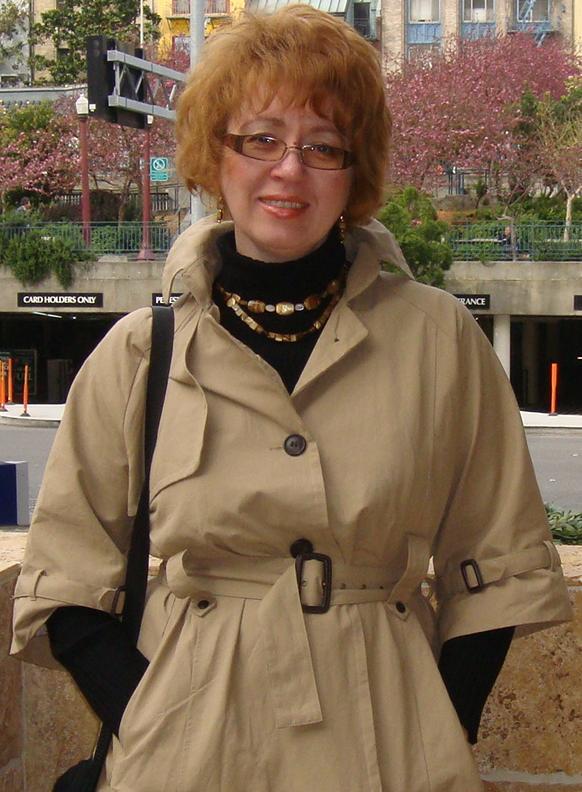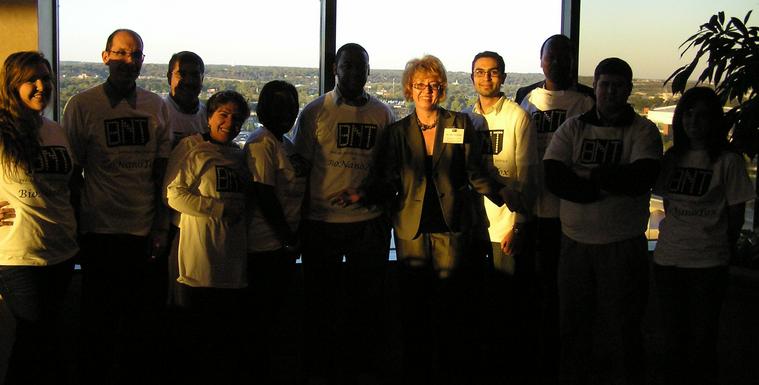
Research
Analysis
Laboratory
Teaching
Classroom
Olga Tarasenko, M.D., Ph.D.
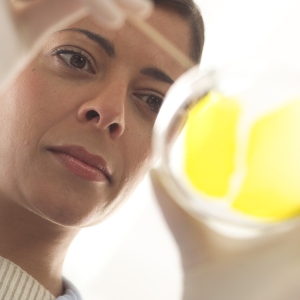
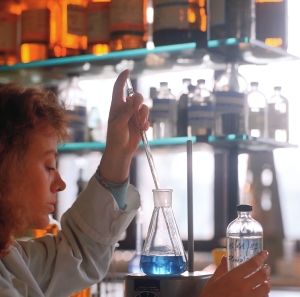
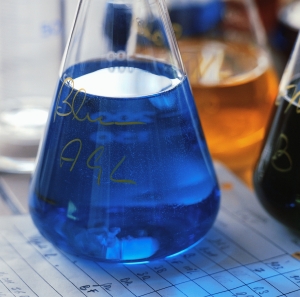


Olga Tarasenko, M.D., Ph.D. (P.I.) is currently Associate Professor at the Department of Biology, College Science and Mathematics (CSAM), University of Arkansas at Little Rock (UALR) since 2005. Dr. Tarasenko received her M.D. in 1990 and her Ph.D. in the field of Microbiology, Immunology, and Infectious Diseases in 1998 from the Kyrgyz State Medical Academy. She enjoyed postdoctoral trainings such as “Biodetection and recognition” from the Polytechnic Institute New York University, Brooklyn, NY (2001-2005), and “Human Immunogenetics” from the University of Tokyo, Japan (1991-2001).
Currently, Tarasenko’s group is working on the development of sugar-based compounds that will increase our immunity against various bacteria, protozoans, and toxins. Sugar polymers have shown a protective influence on cells and stimulate their resistance to bacteria and toxins. These studies are meaningful for pathogen-host interaction studies, and for the development of detection methods, the establishment of a ligand library for developing vaccines and/or immunomodulators, and for decontamination purposes. Tarasenko’s group has shown that sugar polymers might be useful for as environment-friendly decontaminants against spores, binding and recognition agents in liquids such as water, milk, and juice. Most of her previous research was focusing on immunogenetics and infectious diseases. Dr. Tarasenko has identified human genes and their receptors associated with infectious diseases.
Currently, Tarasenko’s group is working on the development of sugar-based compounds that will increase our immunity against various bacteria, protozoans, and toxins. Sugar polymers have shown a protective influence on cells and stimulate their resistance to bacteria and toxins. These studies are meaningful for pathogen-host interaction studies, and for the development of detection methods, the establishment of a ligand library for developing vaccines and/or immunomodulators, and for decontamination purposes. Tarasenko’s group has shown that sugar polymers might be useful for as environment-friendly decontaminants against spores, binding and recognition agents in liquids such as water, milk, and juice. Most of her previous research was focusing on immunogenetics and infectious diseases. Dr. Tarasenko has identified human genes and their receptors associated with infectious diseases.
2012 BioNanoTox- TRIO Workshop
Organizers
These studies were performed on wide range of screening and their ability to protect against diseases. Identification and characterization of genes that are relevant to infectious diseases, drug-effectiveness, and the application of gene expression, will implement therapeutic strategies. Dr. Tarasenko has authored / co-authored over 45 research publications, reviews and book chapters, and over 100 research abstracts. She is an active member of various national and international societies including the MidSouth Computational Biology and Bioinformatics Society, BioNanoTox International, the American Society for Microbiology, the American Chemical Society, the Sigma Xi Society, the American Society Biology and Biochemistry. Dr. Tarasenko also mentoring the Biology Club and BioNanoTox International at the UALR. Dr. Tarasenko is a founder and chair of the BioNanoTox Applications and Research Conference.
So far, six BioNanoTox conferences were held in Little Rock during 2006-2011 . She is a reviewer of the Scandinavian Journal of Immunology and U.S. Civilian Research and Development Foundation (Arlington, VA). Furthermore, she is a mentor of minority and international students, American Society for Microbiology, Washington DC. Tarasenko is establishing interdisciplinary collaborations with UAMS, UCA, Hendrix College, NCTR (AR), Polytechnic Institute of New York University (NY), and the Center of Disease Control (GA). She is the founder and mentor of the BioNanoTox Research camp for middle and high school students as liaison of the Department of Biology and TRIO-ETS.
So far, six BioNanoTox conferences were held in Little Rock during 2006-2011 . She is a reviewer of the Scandinavian Journal of Immunology and U.S. Civilian Research and Development Foundation (Arlington, VA). Furthermore, she is a mentor of minority and international students, American Society for Microbiology, Washington DC. Tarasenko is establishing interdisciplinary collaborations with UAMS, UCA, Hendrix College, NCTR (AR), Polytechnic Institute of New York University (NY), and the Center of Disease Control (GA). She is the founder and mentor of the BioNanoTox Research camp for middle and high school students as liaison of the Department of Biology and TRIO-ETS.
Carl Stapleton, Ph.D.
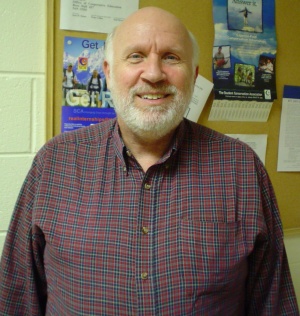
Carl Stapleton, PhD, is Professor at the Department of Biology, CSAM. Dr. Stapleton focuses on environmental factors such as water and ambivalent ozone exposure. He also directs the BS degree program in environmental health sciences at the UALR. This program provides interdisciplinary skills necessary to assess physical, biological, and chemical characteristics in our environment and their relationship to human health. The UALR offers a program for studying environmental health sciences leading to a Bachelor of Science degree and graduate degrees in Applied Science.
His program concentrates on four areas of study: environmental and public health science, environmental quality management, occupational safety and health, and environmental planning. Dr. Stapleton has extensive industrial and consulting experience including but not limited to nonprofit source monitoring, toxics transport modeling, risk assessment, ambient air sampling, lake monitoring, and environmental impact analysis. He is currently working on two different research projects. The first project known as “Toxicity Characteristics of Urban Surface Waters”, involves extensive water quality monitoring under base flow and storm event conditions. Various physical, chemical and biological parameters are being compared with toxicity analyses.
His program concentrates on four areas of study: environmental and public health science, environmental quality management, occupational safety and health, and environmental planning. Dr. Stapleton has extensive industrial and consulting experience including but not limited to nonprofit source monitoring, toxics transport modeling, risk assessment, ambient air sampling, lake monitoring, and environmental impact analysis. He is currently working on two different research projects. The first project known as “Toxicity Characteristics of Urban Surface Waters”, involves extensive water quality monitoring under base flow and storm event conditions. Various physical, chemical and biological parameters are being compared with toxicity analyses.
A second research project called “Photochemical Assessment Modeling: Ozone Precursor Sources, Locations and Emission Characteristics” is in its early development stages. This project will incorporate the use of Geographic Information Systems (GIS) to establish ozone precursor source locations and characteristics. GIS data base will be incorporated into a photochemical assessment model. He extensively provides internships and cooperative education experiences in environmental health sciences through his interactions with the public, industry and private organizations.
Nawab Ali, Ph.D.
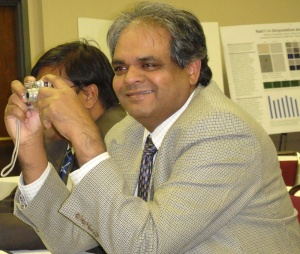
Nawab Ali, PhD, is Research Associate Professor at the Graduate Institute of Technology (GIT), UALR. Dr. Ali’s research interests are directed towards understanding receptor mediated signal transduction as well as intracellular signaling mechanisms in relation to environmental changes or in disease states.These projects involve studies on the role of G-proteins and their receptors, second messengers such as inositol polyphosphates, cyclic nucleotides (cAMP, cGMP), protein kinases and phosphatases in regulation of cellular processes.
Among inositol polyphosphate second messengers, Dr. Ali’s group is particularly interested in higher inositol polyphosphates, i.e. inositol polyphosphate pyrophosphates (IP7 and IP8) in relation to their metabolism, cellular levels under adverse conditions and their role in cellular processes. Emphasis is placed on subcellular compartmentalization, vesicular membrane trafficking, protein-protein interactions, and cellular regulation of apoptosis, endo- / exocytosis, and maintenance of cell polarityin epithelial cells.
Among inositol polyphosphate second messengers, Dr. Ali’s group is particularly interested in higher inositol polyphosphates, i.e. inositol polyphosphate pyrophosphates (IP7 and IP8) in relation to their metabolism, cellular levels under adverse conditions and their role in cellular processes. Emphasis is placed on subcellular compartmentalization, vesicular membrane trafficking, protein-protein interactions, and cellular regulation of apoptosis, endo- / exocytosis, and maintenance of cell polarityin epithelial cells.
Dr. Ali’s laboratory is also interested in bioinformatics studying global profiling of gene expression using microarray and proteomics approaches under altered environmental conditions. We are particularly interested in identification of functional motives and their phylogenetic adaptations by higher life forms. Biomedical engineering interests include the development and characterization of biocompatible materials for medical implants and computational modeling of carcinogenesis. He also served as an Organization Committee Member at the BioNanoTox Applications and Research Conference (2008-09).
Linda Barker, M.S.
Linda Barker, MS is the Director of the TRIO-ETS.
TRIO ETS is a U.S. Department of Education funded pre-college outreach program designed to assist the youth in continuing their education through high school and encourage them to enroll in a post-secondary school. The TRIO Program provides tutoring, academic assistance, counseling, college planning, and career planning to 1,000 youth from underrepresented teens. The emphasis of the program is to prepare students to enter college. As many as 24 1students participated in workshops and college tours designed to stimulate interest in science and math college majors as well as career fields. Participating teachers at these schools have indicated a tremendous need for their students to participate in hands-on laboratory activities. Moreover, the students needed to visit medical facilities and communicate with professionals employed in various fields. The 2005 annual performance report submitted to the U.S. Department of Education demonstrates that the program exceeded performance standards by the following rates: number of participants served, 110% (1000/1080 students); number of tutoring program participants, 125% (200/250); college enrollment rate, 108% (130/140); and 502 students participated in underrepresented career workshops. Linda Barker is collaborating with Drs. Tarasenko and Stapleton in the performance of the BioNanoTox Research camp for middle and high school students at the Department of Biology, UALR.
TRIO ETS is a U.S. Department of Education funded pre-college outreach program designed to assist the youth in continuing their education through high school and encourage them to enroll in a post-secondary school. The TRIO Program provides tutoring, academic assistance, counseling, college planning, and career planning to 1,000 youth from underrepresented teens. The emphasis of the program is to prepare students to enter college. As many as 24 1students participated in workshops and college tours designed to stimulate interest in science and math college majors as well as career fields. Participating teachers at these schools have indicated a tremendous need for their students to participate in hands-on laboratory activities. Moreover, the students needed to visit medical facilities and communicate with professionals employed in various fields. The 2005 annual performance report submitted to the U.S. Department of Education demonstrates that the program exceeded performance standards by the following rates: number of participants served, 110% (1000/1080 students); number of tutoring program participants, 125% (200/250); college enrollment rate, 108% (130/140); and 502 students participated in underrepresented career workshops. Linda Barker is collaborating with Drs. Tarasenko and Stapleton in the performance of the BioNanoTox Research camp for middle and high school students at the Department of Biology, UALR.
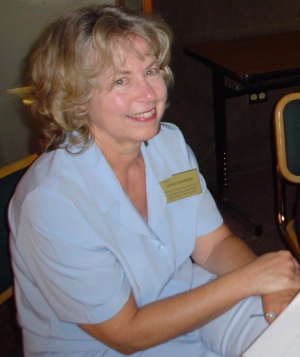
______________________________________________________________________________________________
Webdesign by Guenther Duvall
Webdesign by Guenther Duvall
